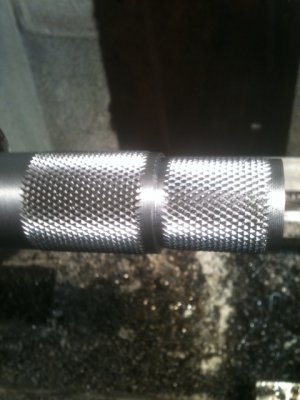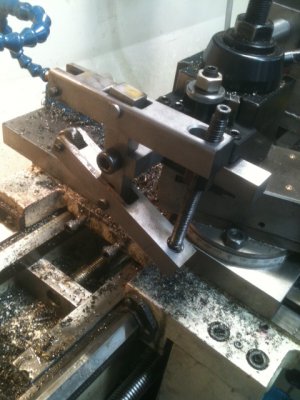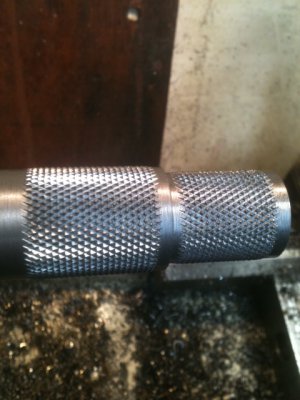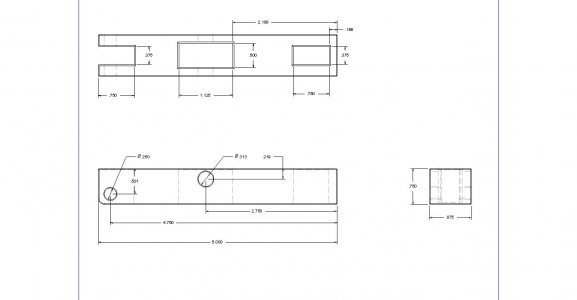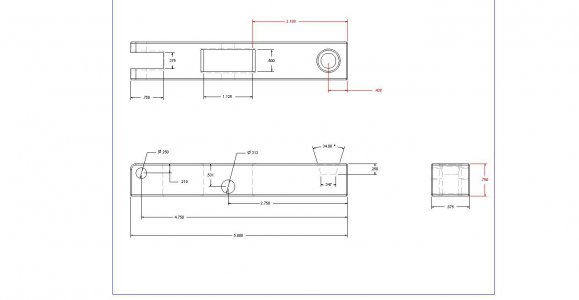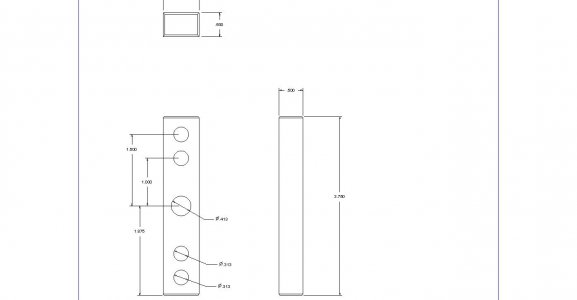Some replies to the last couple posts but first, I do not claim to be a knurling expert so take it all with a grain of salt...
My old knurl tools were junk. One was the "push-in" type that are out of vogue and obsolete. My other unit was a scissor type (like a heavy duty pair of pliers) but, it had all kinds of wiggle and slack in the mechanism -too much trouble to repair. I think a proper set of those in good condition would work just as well as this clamp type.
The design goal was to eliminate as much slop and wiggle as possible so the arms do not change angle once the carriage is moved. Also, I wanted really hard/tough metal so the tolerances stand a chance of longevity as the tool is used. I was only going to make it RC 40 but while it was cooking in the oven, I decided to make it RC 50.
The wheels are convex on the edges which provides a gradual lead-in of the cut as the carriage moves. The edge does all the hard work. Please go to the accutrak website and look at the convex wheel so you can see what I'm talking about.
I mentioned "swiftly establish the starting pattern" for a reason. A knurled rod must have a diameter that falls on a proper multiple of the diameter of the wheels (which is directly related to the pitch for a given wheel). There's a little formula to calculate this. When you first start establishing the pattern, the teeth are not sunk-in far enough to make a full cut and during this time, the effective diameter of the wheel does not meet the needs to allow an integer multiple of tooth cuts to wrap properly around the shaft. If you spend too much time getting the starting pattern established, all you'll do is obliterate the surface of the shaft. I tried to get the pattern established in about 10 full turns of the shaft. In the future, I'll see if I can do it faster than that.
I use the feedrod for consistency. The feed is very slow. At 60 RPM, it took several minutes (5 minutes?) to cut each of those 1.25" length segments. As it cut, I dribbled a little dark oil on there to help flush out the crumbs. Letting the crumbs pack-up will kill the knurl. ---
I can't emphasize enough, do not get your fingers caught in that pinch roller. The top roller tries to pull you in. ---
The drawings... For some reason, the 2D drawings are coming out HUGE when converted to PDF. That's why I didn't post them. I'm still looking at options and settings to reduce the size.
The fingers. They're much better; I'm back in the saddle and they don't require such care as they did before. The wounds have all healed except on one where there's still a scab and thick patch of skin that's slowly peeling off. They look fine and are not deformed -just an extra contour on one of them. The tips are almost completely numb -I'd say, 60-80% depending on which finger. The location of the scar is extremely sensitive as it seems the nerves are re-growing. Touching certain areas feels like an electric shock. -This is a normal and predictable side-effect. The numbness has an advantage. When I have to pick up something kinda hot, I use those fingers

. (For those of you who don't know, I badly lacerated 3 fingers on a heavy, sharp piece of metal. No, I didn't get them caught in a knurl tool).
Here's a copy of that spread sheet for knurl pitches... Two formats: One for Old Excel and one for New Excel.
Ray
View attachment KnurlPitchDiameters972003XLS.xls
View attachment KnurlPitchDiameters.xlsx

